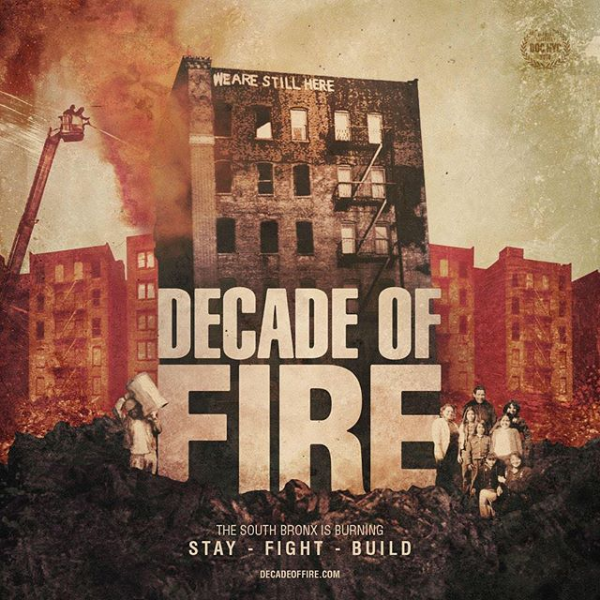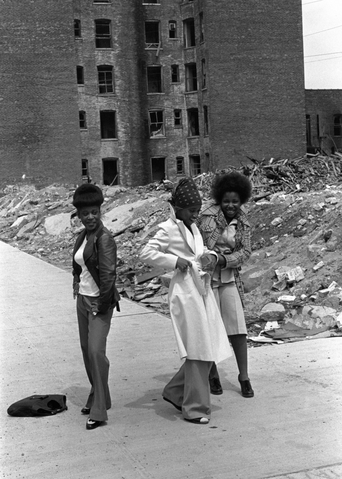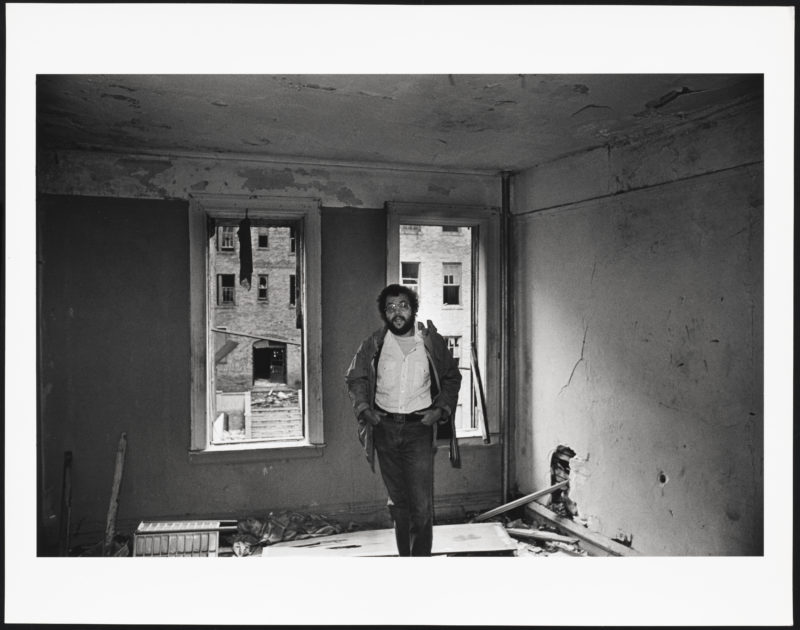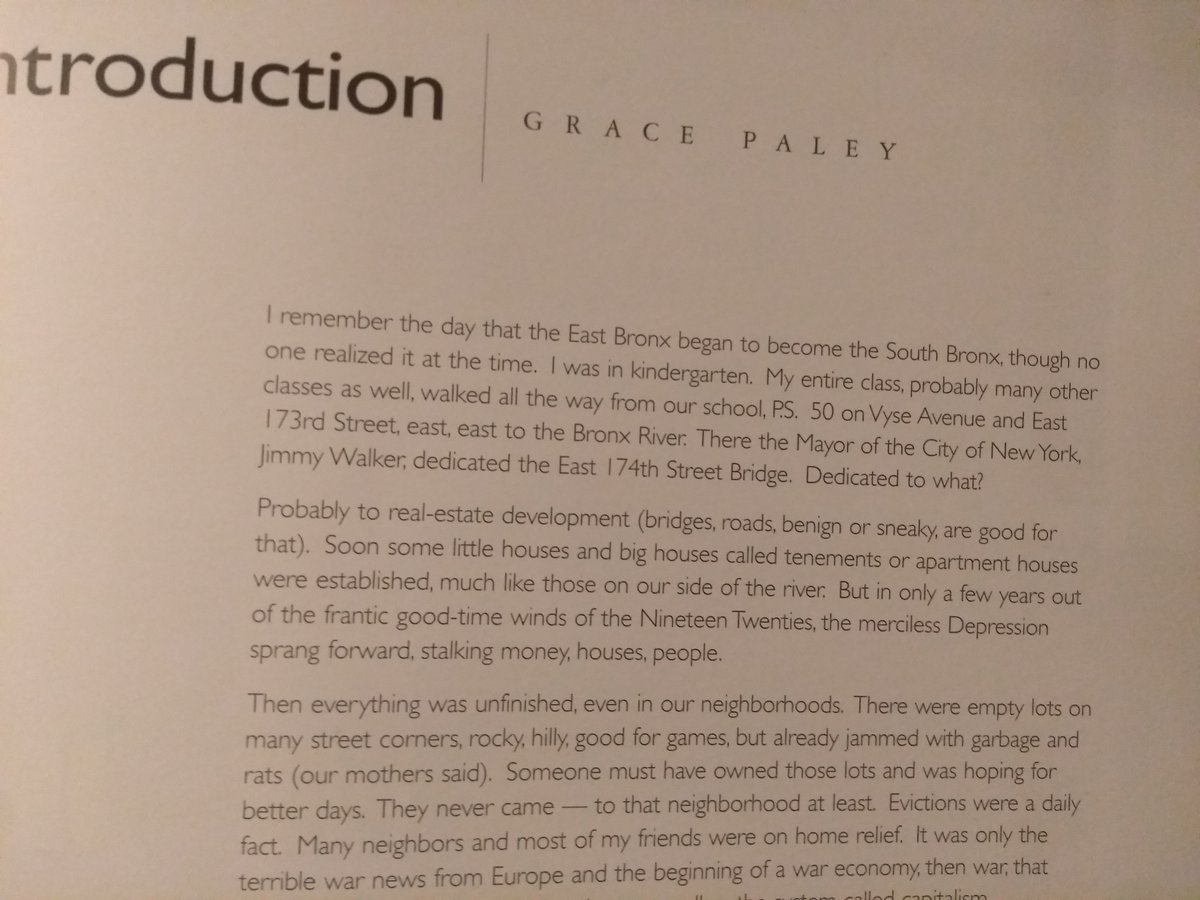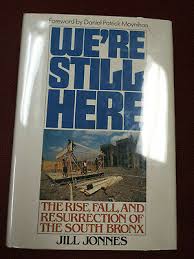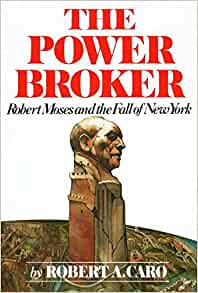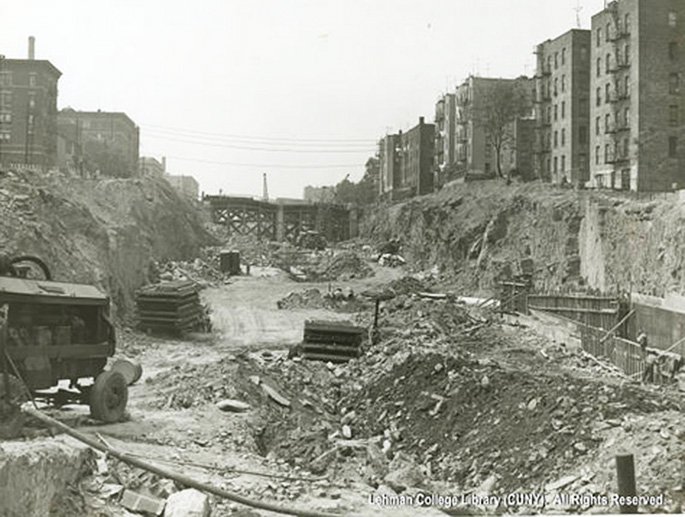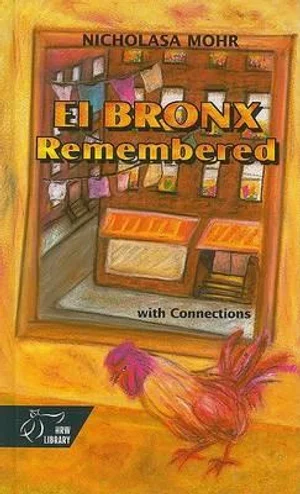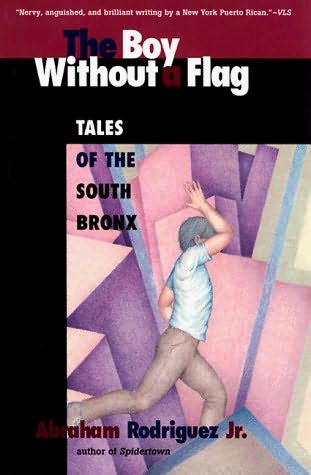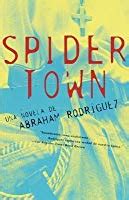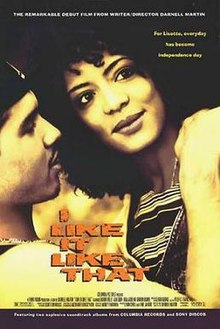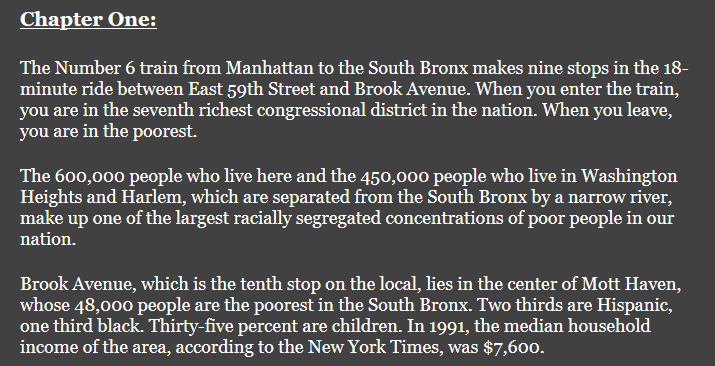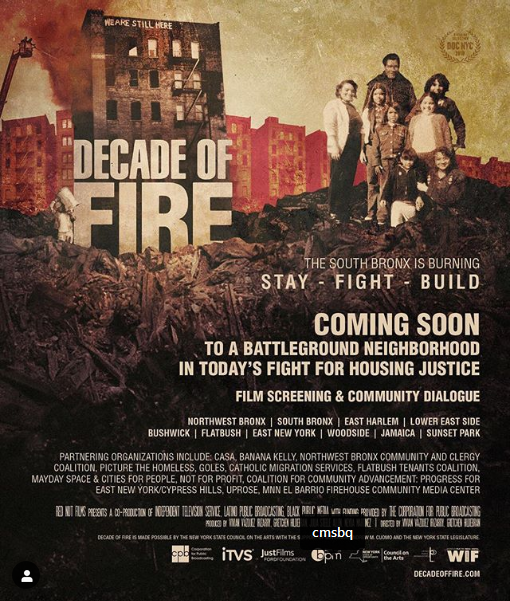A thread of things about the South Bronx, starting with @DecadeofFire, a documentary that manages to say more about the destruction of neighbourhoods in the 1970s than any other film I’ve seen.
http://decadeoffire.com/
http://decadeoffire.com/
The photographs of Mel Rosenthal, who went back to his childhood neighbourhood after 20 years away, were collected in a book and an exhibit called The South Bronx of America.
https://library.duke.edu/exhibits/melrosenthal/exhibit_gallery_view.html
https://library.duke.edu/exhibits/melrosenthal/exhibit_gallery_view.html
Here’s Mel Rosenthal in his once childhood bedroom, which had become a ruin.
https://untappedcities.com/2016/05/26/in-the-south-bronx-of-america-1970s-mel-rosenthal-photos-at-mcny-show-another-side-of-borough/
https://untappedcities.com/2016/05/26/in-the-south-bronx-of-america-1970s-mel-rosenthal-photos-at-mcny-show-another-side-of-borough/
Grace Paley was also from the South Bronx. Some of her stories are set there, and she wrote the introduction to Mel’s book.
We’re Still Here: the Rise, Fall, and Resurrection of the South Bronx by Jill Jonnes, charts many the forces that came together to destroy Bronx neighbourhoods. Always disturbed that the intro is by Daniel Patrick Moynihan, whose brutal policies fuelled that destruction.
The Power Broker, Robert Caro’s biography of Robert Moses, chronicles the way the ‘master builder’ of 20th century New York City isolated and gutted thriving working class neighbourhoods by constructing highways across them.
Here’s the Cross Bronx Expressway under construction: ‘gouging a wide swath through the heart and the guts of the Bronx.’ (Jill Jonnes)
Nicholasa Mohr’s El Bronx Remembered is a collection of stories set in the Bronx between 1945 and 1956.
Abraham Rodriguez’s The Boy Without a Flag takes place in the South Bronx in the 1970s and 80s. Brutally honest, never sensationalist, it blew readers away when it came out in the early 1990s.
Abraham Rodriguez’s Spidertown also chronicled the streets of the South Bronx in the 1980s. I wrote about it a while back for @influxpress’s Anti-Canon blog.
https://www.influxpress.com/blog/the-anti-canon-series-abraham-rodriguez-jr-by-linda-mannheim
https://www.influxpress.com/blog/the-anti-canon-series-abraham-rodriguez-jr-by-linda-mannheim
I Like it Like That, about a South Bronx couple trying to keep it together against the odds, was screened inUn Certain Regard at Cannes in 1994. It was Lauren Velez’s first role in a film and Darnell Martin was the first African-American woman to direct a major studio film.
‘When you enter the train, you are in the seventh richest congressional district in the nation. When you leave, you are in the poorest.’ Amazing Grace is Jonathan Kozol’s book on the South Bronx in the 1990s.
https://www.jonathankozol.com/amazing-grace
https://www.jonathankozol.com/amazing-grace
I grew up in the next neighbourhood over from the Bronx, Washington Heights, which people downtown thought was part of the Bronx. What happened there was rough, but no where near as rough as what happened in the South Bronx, some of which was literally wiped out.
We used to go to the Bronx all the time to visit friends and to visit my cousins. I started school at P.S. 52 in the Bronx (the school in my neighbourhood was closed because of a teacher’s strike).
The fact that a place so close to us could be destroyed like that, parts of it turned into no man’s land, made me realise anything could happen.
I spent years trying to understand it as an adult -- reading about it, watched documentaries from the time. I also spent years trying to explain it to people who weren’t there.
Decade of Fire explains it better than anything else I’ve seen out there. Watch it.
http://decadeoffire.com/
http://decadeoffire.com/

 Read on Twitter
Read on Twitter